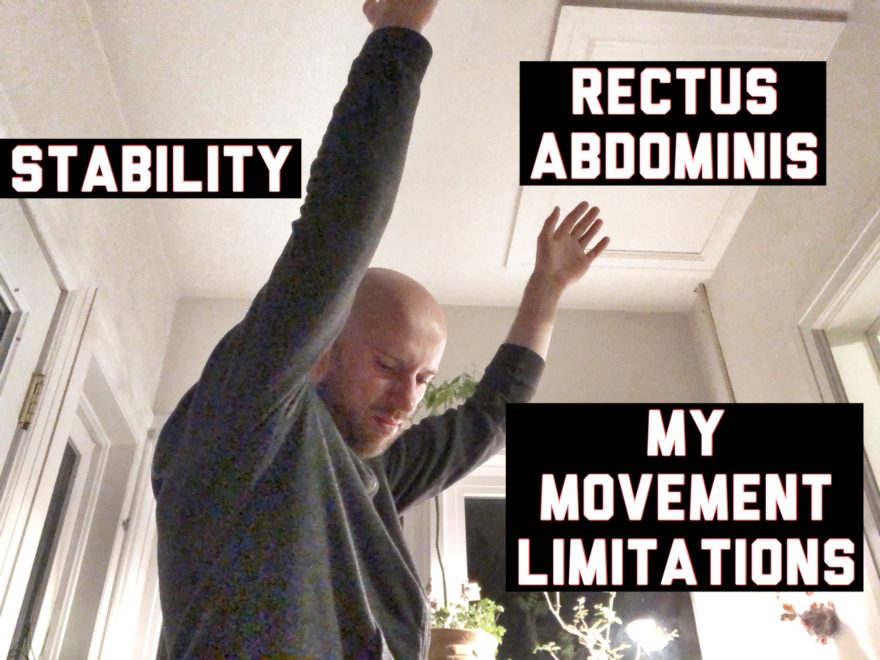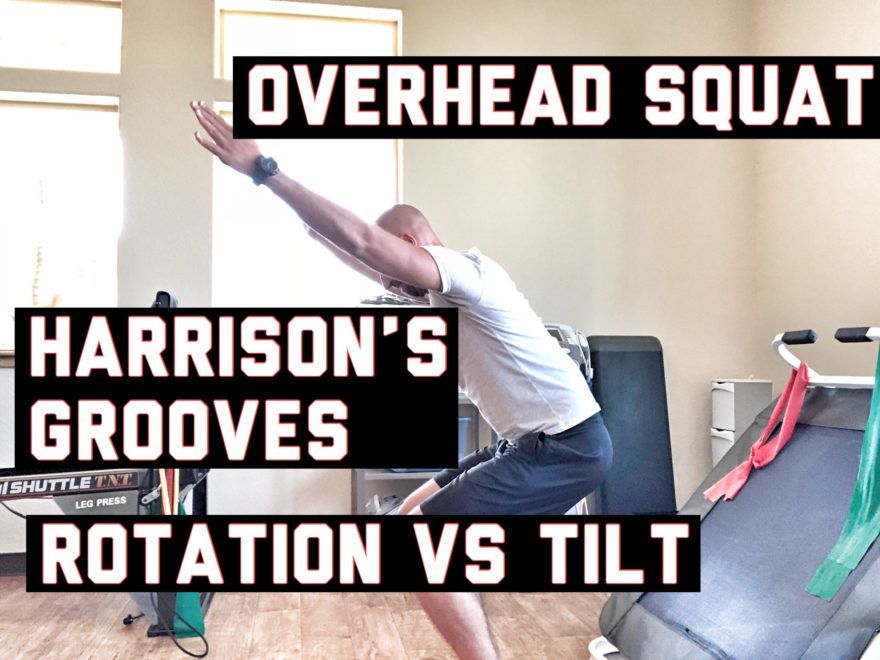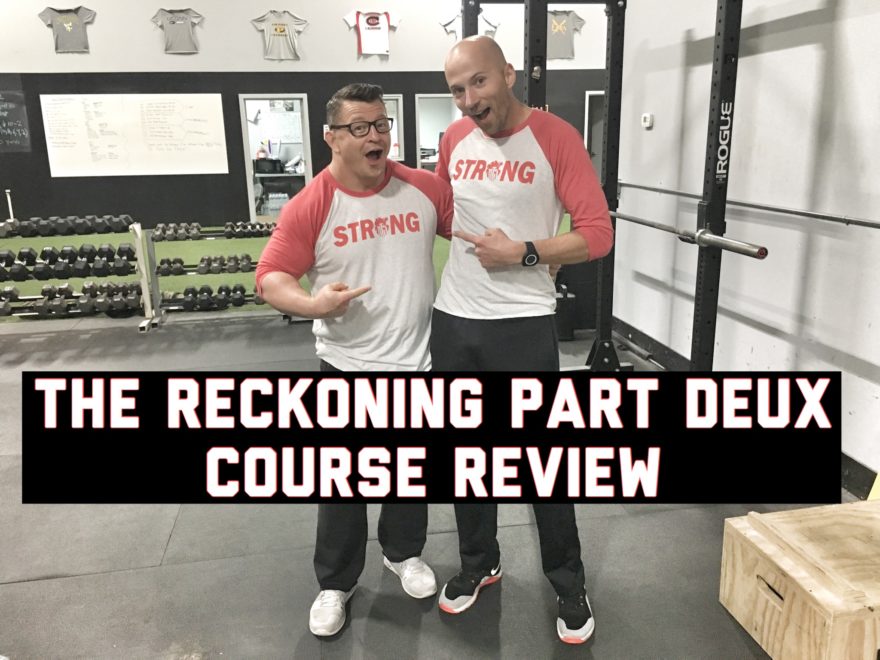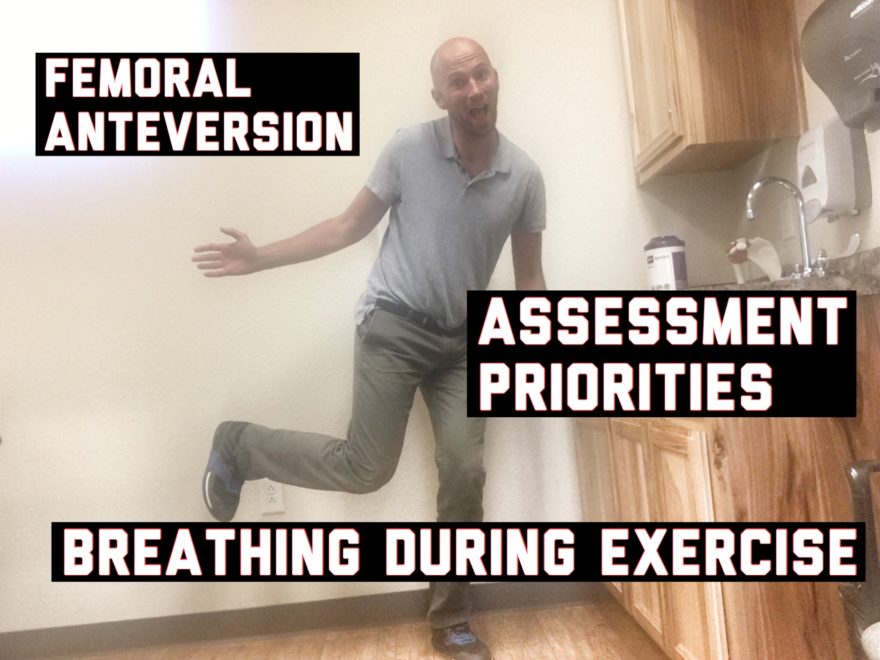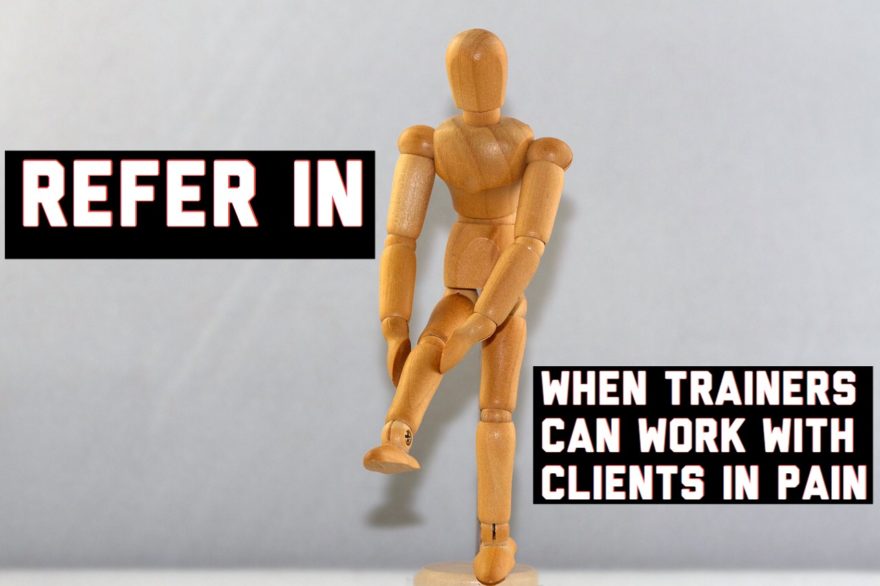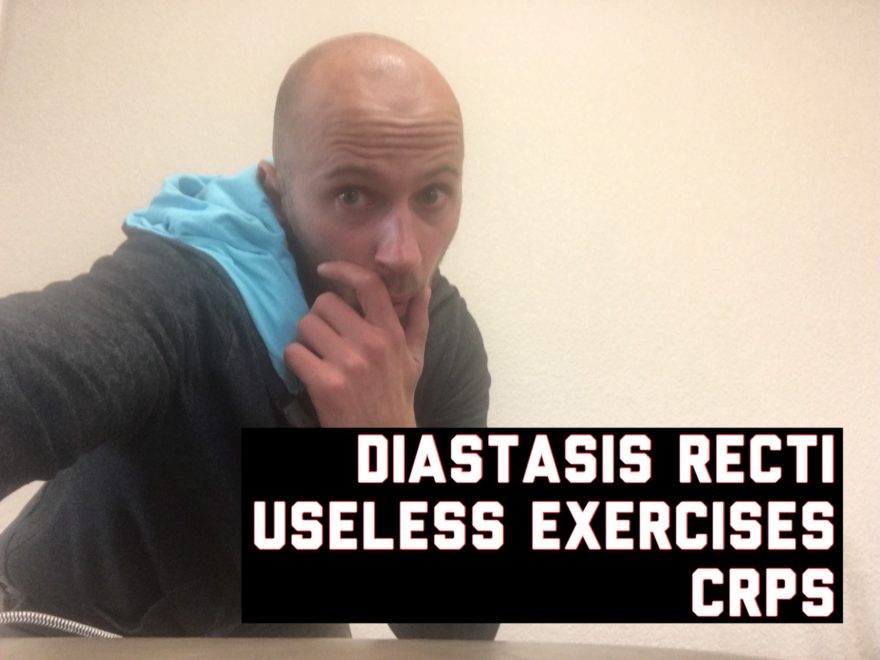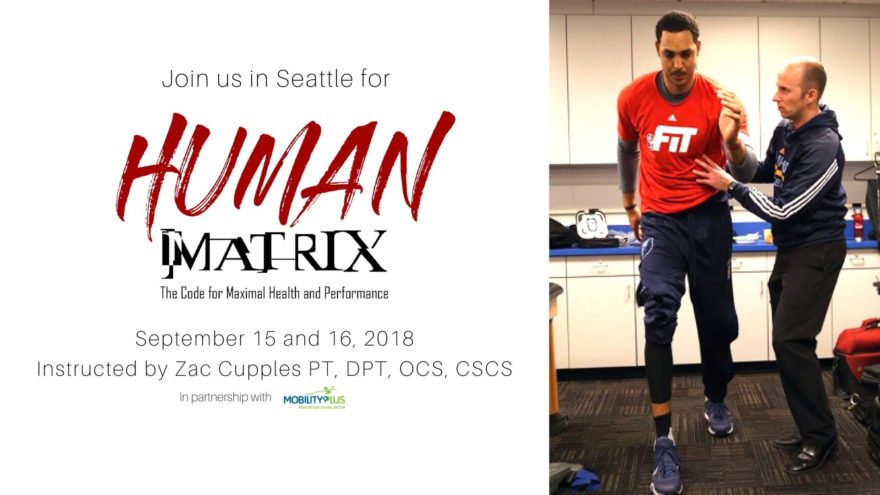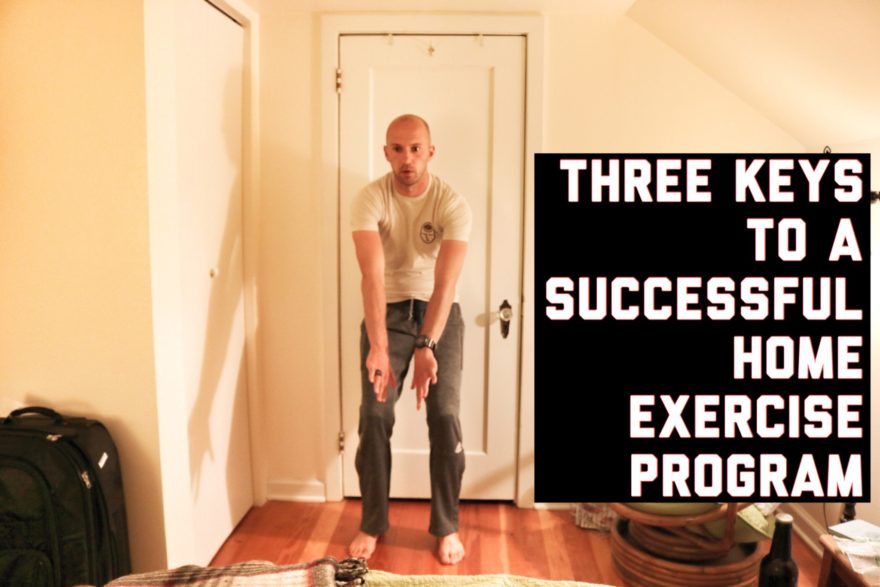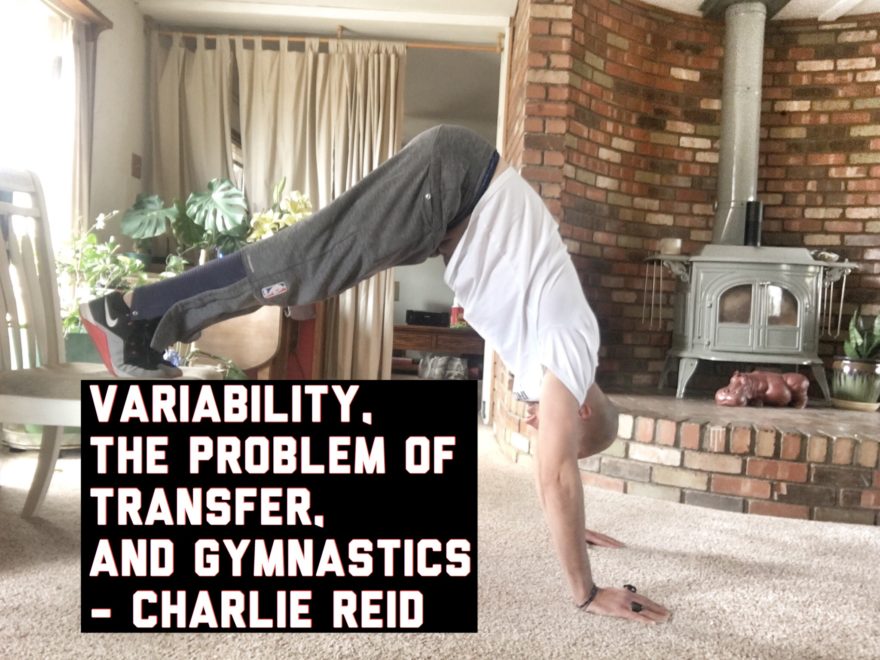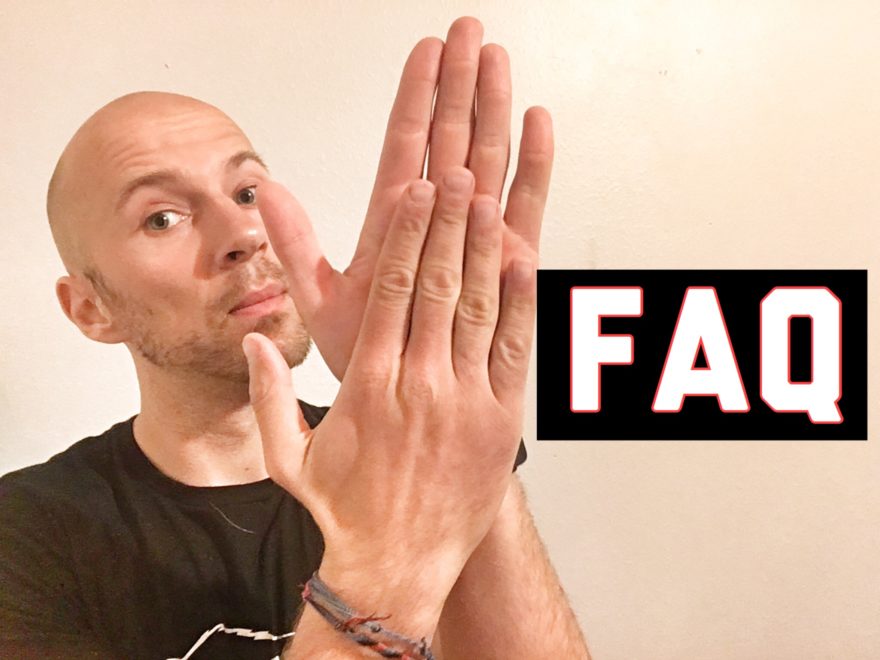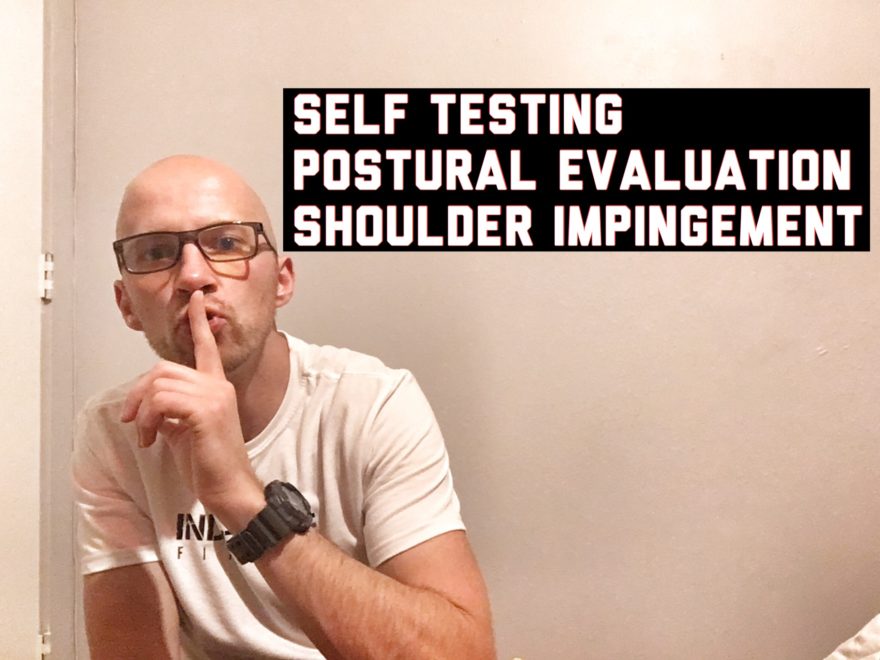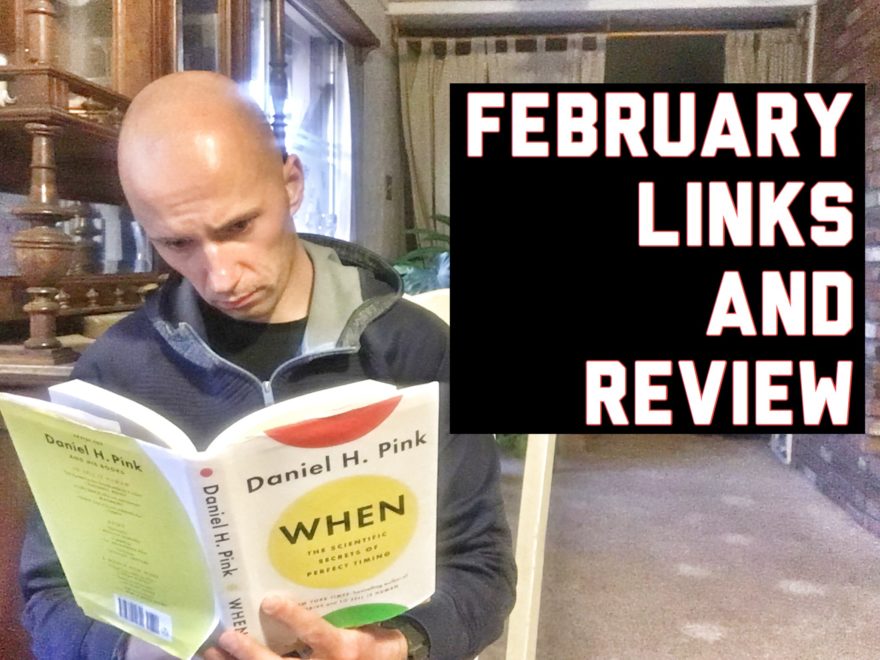Movement Debrief Episode 64 is in the books. Below is a copy of the video for your viewing pleasure, and audio if you can’t stand looking at me. Here is the set list: Case study on lower back pain differential diagnosis What is the action of the rectus abdominis? Why is feeling rectus not desirable during breathwork? What muscles should you feel during breathwork? What movement limitations do I have? What measures have I taken to try and improve these limitations? What activities do I use to try and improve those movement limitations? What measures do I plan on taking in the future to improve my health? Our all of our movements and postures governed by stability? If not, what? If you want to watch these live, add me on Facebook or Instagram. They air every Wednesday at 7pm CST. Enjoy! and the audio version… Here were the links I mentioned: Check out Human Matrix promo video below Below are some testimonials for the class Want to sign up? Click on the following locations below: Kansas City, KS on October 27-28th Portland, OR on November 10-11 December 8th-9th, Charleston, SC (early bird ends November 11th) February 2nd-3rd, 2019, New Providence, NJ (early bird ends January 4th) SIGN UP FOR THE REVOLUTION featuring myself, Pat Davidson, and Seth Oberst February 8th-9th in Boston. MA Building a Success on a Foundation of Failures by Daddy-O Pops Bill Hartman Here is the pump handle debrief Here is
Read More